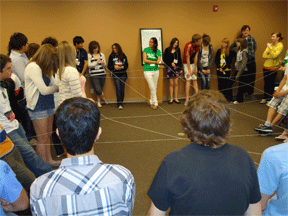2012 Crystal City, Manitoba, Canada

Jayden Dobson and Daria Hildebrand from Thomas Greenway Middle School proposed a project focused on partnership and education. They wanted to improve and maintain drinking water quality throughout the Pembina River Watershed by educating their community as they felt clean water is too often taken for granted. “People need to be educated on water issues in order to learn their part in being responsible as they learn to respect water”.
Their proposal was to create simple but effective signs identifying locations that are key drinking water areas while educating citizens about protecting our essential resource. The solution was achievable only if this duo could find the right partners within the community; and they did.
This project became a reality with parterships with the Pembina Valley Conservation District, the town of Pilot Mound, as well as Ducks Unlimited Canada. Nutrien provided $400 for the purchase of the sign and the Conservation District provided the installation.
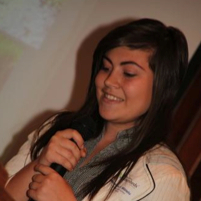


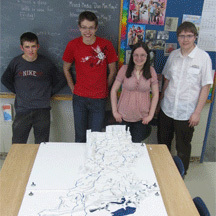
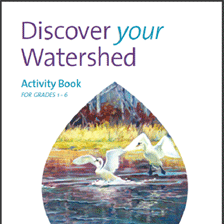
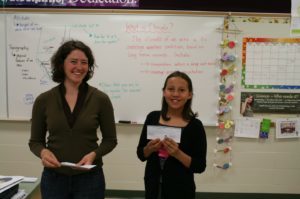
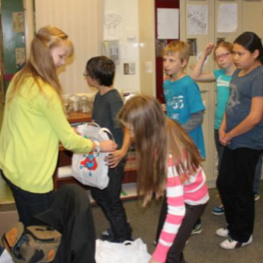
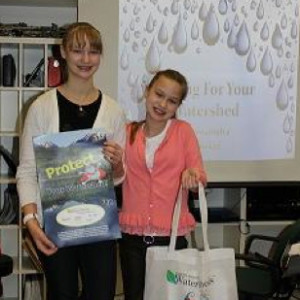

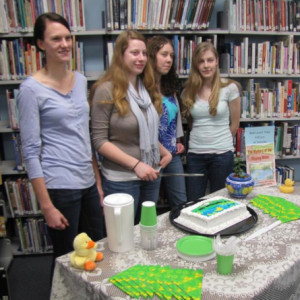
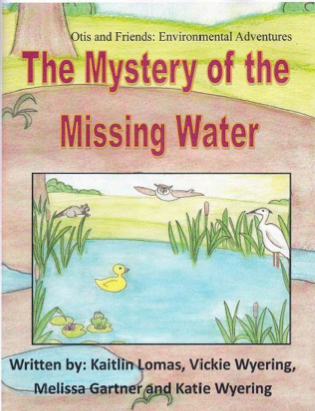
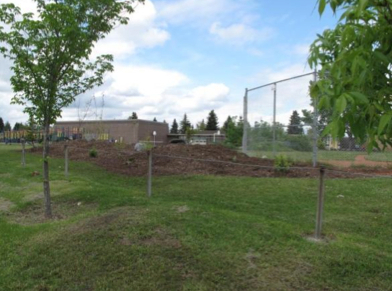
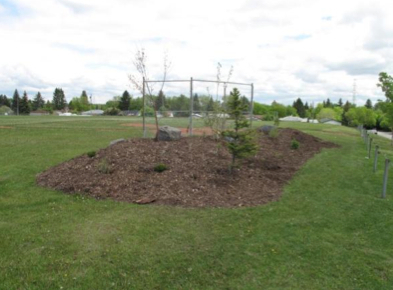
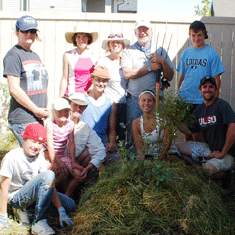
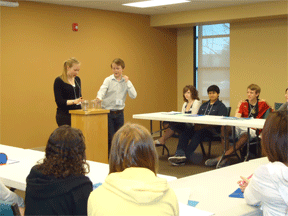
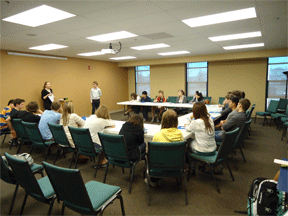 students and their teachers explaining what they do, why they do it, and why they enjoy their involvement in the project. The group of students was then split up into two groups to discuss the basics of water usage, conservation, Calgary’s Watershed and sustainability. After a quick snack the students were back to activities which included ‘water’ Family Feud, learning about the ‘water cost’ of daily items and an interactive guessing game where countries were compared based on their water usage.
students and their teachers explaining what they do, why they do it, and why they enjoy their involvement in the project. The group of students was then split up into two groups to discuss the basics of water usage, conservation, Calgary’s Watershed and sustainability. After a quick snack the students were back to activities which included ‘water’ Family Feud, learning about the ‘water cost’ of daily items and an interactive guessing game where countries were compared based on their water usage.